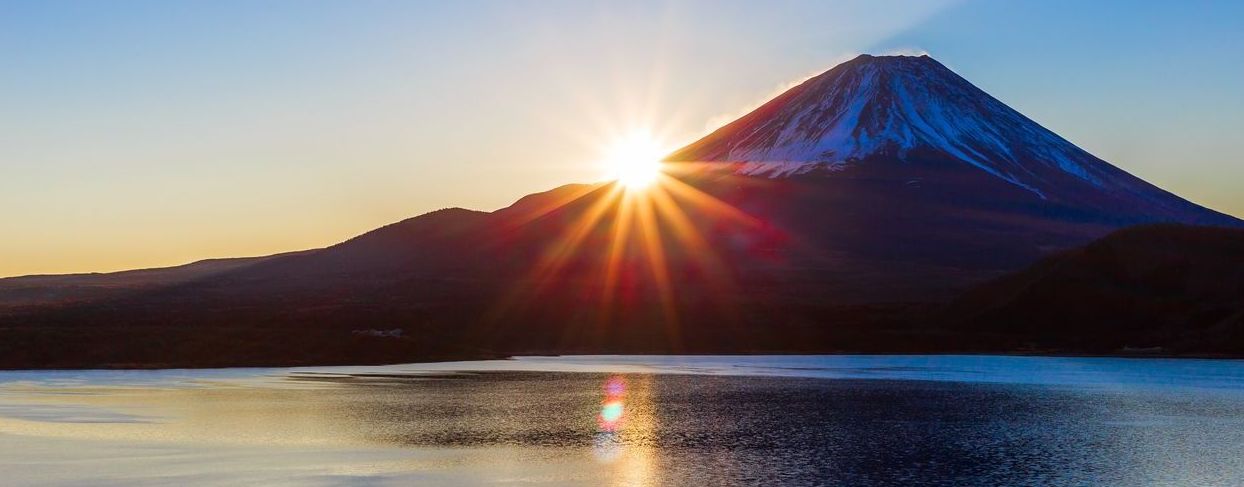2024/08/19
Moving Towards a Nature-Positive Future: The “Hakomono”-Oriented (Construction-Centric) Approach is One Lap Behind the Current World

On July 19, during the 24th meeting of the Ministerial Council on the Promotion of Japan as a Tourism-Oriented Country held at the prime minister's office, Prime Minister Kishida reportedly directed that all 35 national parks in Japan should be developed into world-class parks by raising them to a higher standard with the help of private-sector vitality by 2031. Specifically, the prime minister aims to attract luxury resort hotels and large complexes to these national parks, focusing on wealthy foreign tourists, according to the report.
In response to the prime minister’s message, the Nature Conservation Society of Japan (NACS-J) released an opinion brief on July 25th, stating, “It is more than obvious that inviting new luxury resort hotels and other facilities into national parks will lead to the destruction of the natural environment and landscape, thereby damaging the intrinsic value of these parks.” Instead of attracting new developments, the brief advocated for “giving priority to the removal or renovation of abandoned facilities in these areas, conducting research to understand the current state of the natural environment, and preserving biodiversity.” The prime minister’s message was abrupt and off the mark, making the NACS-J’s response quite reasonable
Most of all, the wealthy overseas visitors seek “unique experiences” that allow them to fully appreciate Japan’s nature, history, and culture in their authentic form. Not to mention the extremely exclusive and superb temple-lodging experience at Ninna-ji in Kyoto, which is available for only one couple per day at a cost of 1,000,000 yen per couple (currently on hiatus), they seek out specifically customized and extraordinary experiences in Japan, such as an artistic tour of Tokyo guided by a contemporary art specialist, and a pottery workshop with direct instruction from a first-class ceramic artist. Steady demand for this type of tourism has been confirmed by demonstration projects offered by Regional Revitalization and Inbound Tourism Council, which is a general incorporated association and I, the author of this essay, serve as an auditor for the council.
If you are considering regional revitalization through nature tourism, the “Alpine Pearls” initiative, based in the state of Salzburg, Austria, and supported by a cooperative of 23 municipalities across national borders, is another eco-friendly project to look into. Similarly, in Japan, Professor Yoshiki Yamagata of Keio University, who is engaged in designing systems for an environmentally symbiotic smart society, has proposed a “Japanese model of the Alpine Pearls*” that leverages soft mobility and locally produced and consumed green (eco-friendly) power. The key is to envision tourism that sustains the local community and natural environment. Visiting any of those national parks and staying at one of those identical luxury hotels, which are not really authentic, you will never experience the “true essence” of Japan.
*Related article: “Co-Creation Innovative Activities Start in Hokuto City to Realize the Sustainable Society” (This Week’s Focus, October 28, 2022)
This Week’s Focus, August 2
Takashi Mizukoshi, the President